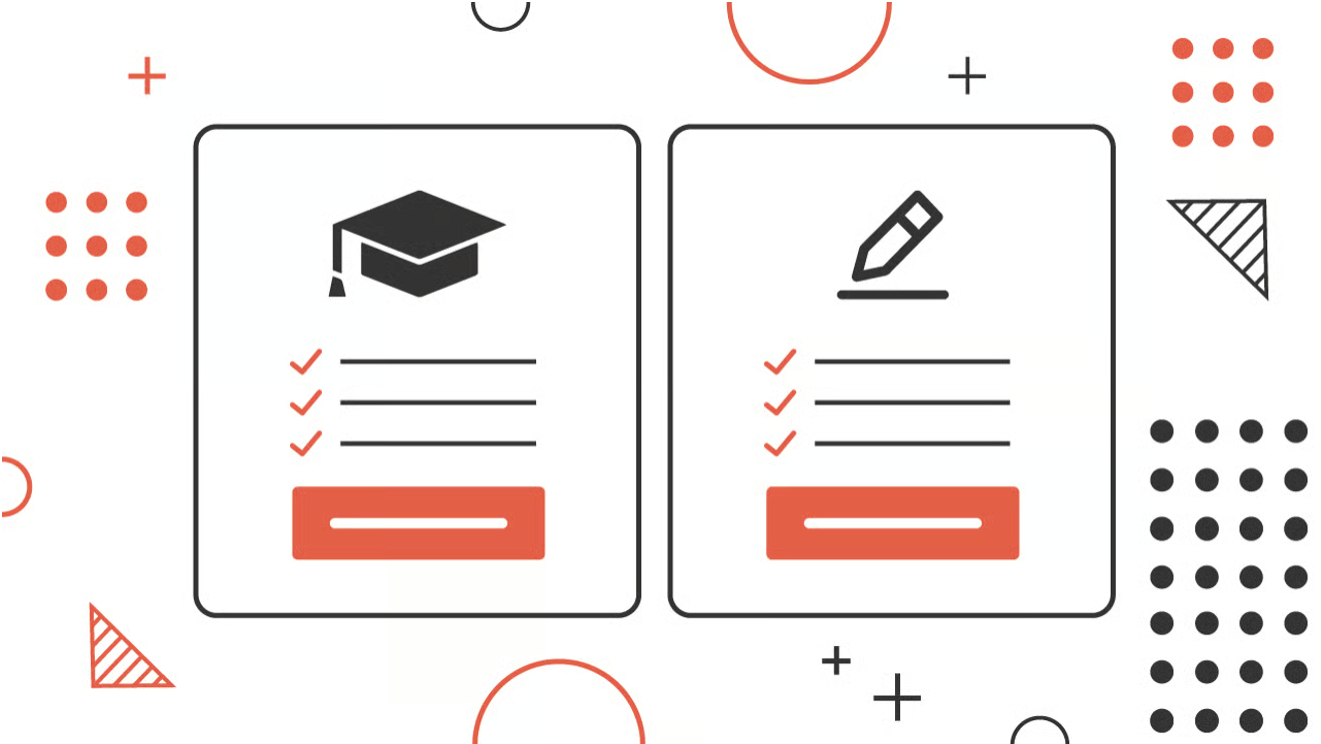For many with student loan debt, the pressure of monthly payments is often a source of anxiety. However, adjusting your repayment plan or managing your finances through legal and reasonable methods can significantly reduce this burden. This article systematically introduces five effective methods to help you reasonably reduce your student loan payments, avoid the risk of default, and achieve financial freedom.
1. Choose the Right Repayment Plan
Most borrowers are automatically placed on a standard 10-year fixed repayment plan upon loan origination, with relatively fixed and high monthly payments. If monthly payments are unaffordable, consider the following alternatives:
- Income-Driven Repayment (IDR)
Repayments adjust based on income and family size, with monthly payments potentially as low as zero for 20 to 25 years, and the remaining balance of the loan can be forgiven. Common IDR plans include Income-Based Repayment (IBR), Pay as You Earn (PAYE), and the newer SAVE plan. – Example: With an annual income of $24,000 and a standard monthly payment of $381, switching to IBR can reduce monthly payments to approximately $52. The SAVE plan could even reduce monthly payments to zero. - Increasing Repayment Plan
Initial payments are lower, increasing gradually as income grows. Suitable for those who anticipate a gradual increase in income.
- Extended Repayment Plan
Stretching the repayment term up to 25 years lowers monthly payments, but total interest payments will increase.
2. Reduce Pre-Tax Income with Retirement and Health Accounts
Adjusting your reported income can also indirectly reduce your repayments. Income-driven repayment plans calculate monthly payments based on your reported adjusted gross income (AGI). You can reduce your AGI and lower your monthly payments by increasing pre-tax contributions to the following accounts:
- Traditional IRA
- 401(k)
- Health Savings Account (HSA)
For example, by contributing a combined $2,200 to these accounts, your reported income drops to $21,800, bringing your IBR or PAYE payments close to zero.
3. Apply for a loan deferral or forbearance (use with caution)
A loan deferral or forbearance allows you to temporarily pause or reduce your payments. While suitable for short-term financial hardship, it causes interest to continue accruing, raising long-term costs. It’s not recommended as a routine means of reducing your debt unless it’s an emergency.
4. Loan Refinancing and Consolidation
- Loan Consolidation
Combining multiple federal loans simplifies administration and can sometimes extend your repayment period and lower your monthly payments, but you may lose some benefits.
Loan Refinancing
For private borrowers or those with good credit, you can apply for a lower-interest loan to repay your original loan, thereby reducing your monthly payments. However, please note that refinancing federal loans will negate any special federal loan benefits and exemption eligibility.
5. Proactively Contact Your Loan Servicer
Communicate promptly about your financial situation so your loan servicer can provide personalized advice or arrangements. If you’re unable to make payments on time, contacting them promptly can reduce penalties and negative credit impacts.
There are many legal ways to reduce your monthly student loan payments, from choosing an income-driven repayment plan, using your account to offset pre-tax income, to judiciously utilizing deferrals and refinancing. Proactively managing and regularly reviewing your repayment strategy to tailor the most appropriate plan for you is key to a steady path toward debt-free living.

Leave a Reply